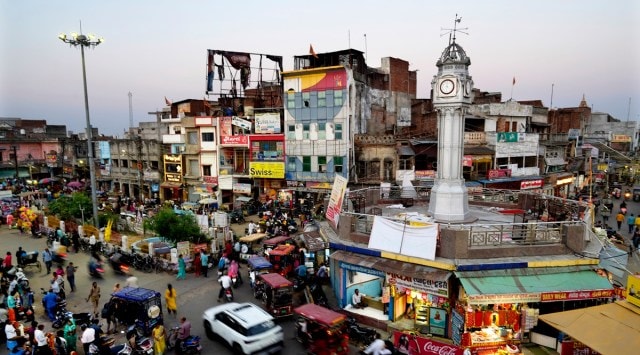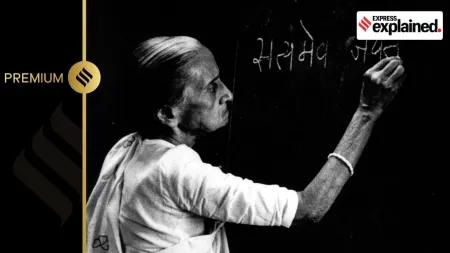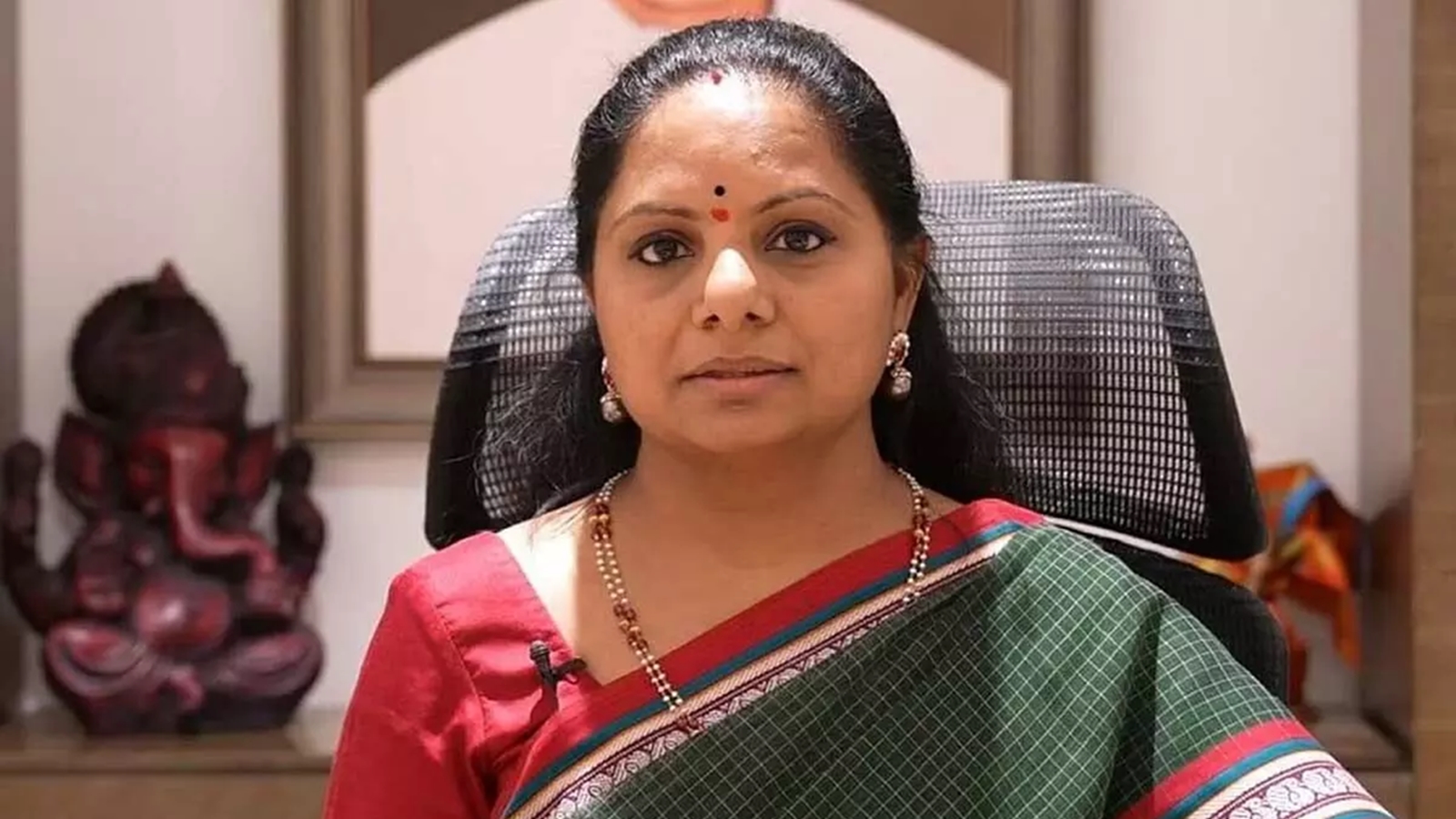The UNFPA’s State of the World Population report, released on Wednesday, confirmed that India’s population is now 1.4286 billion and China’s is 1.4257 billion.
In 1990, China had a population of 1.144 billion, compared to India’s 861 million. Last year, China remained the world’s most populous country with 1.426 billion people, while India closely followed with 1.412 billion. The UN’s 2022 projections suggest that by 2050, India’s population will reach 1.668 billion, surpassing China’s expected population of 1.317 billion.
Poonam Muttreja, the Executive Director of the Population Foundation of India, stated that India surpassing China in population has been anticipated for some time. China’s slowing population growth has accelerated this process, with the National Bureau of Statistics reporting 850,000 fewer people in 2022 than the previous year.
India’s population growth presents an opportunity for a “demographic dividend,” with more than two-thirds of the population falling between the ages of 15 and 64, considered the working population. The 2011 Census reported 365 million young people (10-24 years) in India, projected to increase to 379 million in 2023, according to the 2022 UN World Population Report.
Despite the increase in India’s population, lower fertility rates indicate a decrease in the proportion of young people in the population in the future. The proportion of young people in India was over 30% in the 2011 Census, expected to drop to 26.5% by 2022 according to UN projections.
Concerns about the world’s population growth highlight the importance of safeguarding reproductive rights and choices, according to the UNFPA India.
Neeraj Ahuja from Transform Rural India (TRI) emphasized the need for education, skills training, and job opportunities to capitalize on India’s demographic dividend. Ahuja highlighted the challenges faced by rural youth in accessing dignified job opportunities, urging the government to create district-specific opportunities.
Sonalde Desai, a social demographer, recommended focusing on labor-intensive industries and manufacturing to create job opportunities for India’s youth. She also emphasized the need to enhance opportunities for women in the workforce and manage the migrant worker population effectively.
Desai also stressed the importance of managing and monitoring migrant worker populations, particularly in South India where aging is more prevalent. She called for easier migration processes for women and children, emphasizing the need for conveniences like access to education and temporary housing for migrant families.
An ILO report on Indian youth workforce participation showed a decline in participation rates among the 15-29 age group from 2000 to 2019, with a significant percentage of young persons not in employment, education, or training (NEET) in 2019.



































+ There are no comments
Add yours